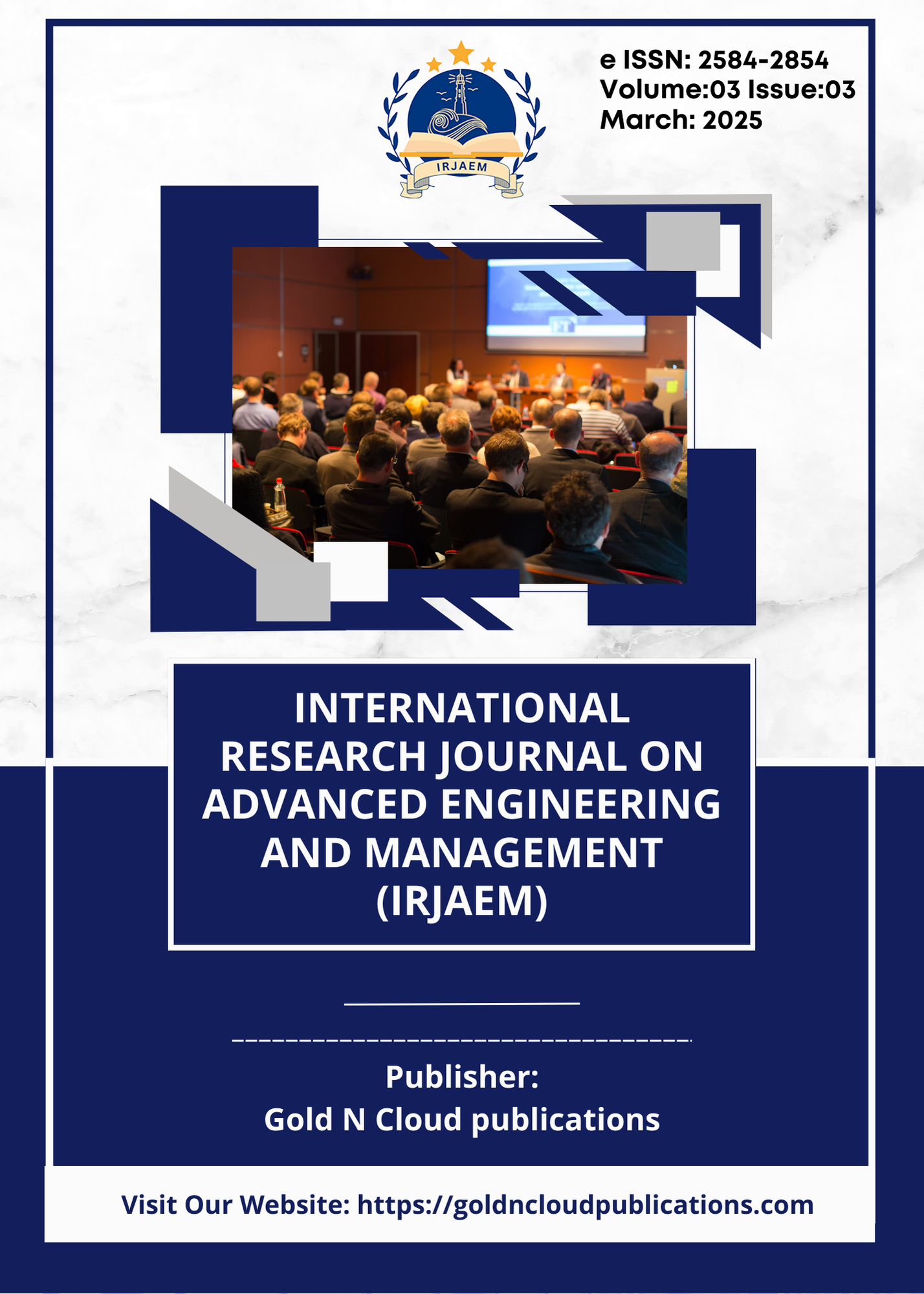Revolutionizing Wilms Tumor Detection: AI-Driven Precision in Pediatric Oncology
DOI:
https://doi.org/10.47392/IRJAEM.2025.0129Keywords:
Machine learning, ResNet, Feature Extraction, Wilms tumorAbstract
Wilms tumor, a rare and aggressive kidney cancer affecting children, requires early and accurate diagnosis for effective treatment. Traditional diagnostic methods rely on expert interpretation of medical imaging, which can be time-consuming and prone to human error. To enhance diagnostic accuracy, this study leverages machine learning (ML) techniques, particularly deep learning, to develop an automated system for Wilms tumor identification and classification. The methodology involves collecting medical imaging data from publicly available databases and hospital archives, followed by preprocessing techniques such as noise reduction, contrast enhancement, normalization, and segmentation to improve image quality and consistency. Key features, including texture patterns, shape, size, and edge characteristics, are extracted to aid in tumor identification. Convolutional Neural Networks (CNNs), along with deep learning architectures like ResNet, are employed to develop a robust classification model. The trained model undergoes optimization through hyper parameter tuning, data augmentation, and regularization techniques to enhance precision and efficiency. This ML-driven approach facilitates early detection, reduces diagnostic errors, and improves treatment planning by providing clinicians with reliable insights. By automating tumor detection, the system not only supports radiologists and oncologists in handling large volumes of medical imaging data but also contributes to better patient outcomes. Future research may focus on expanding datasets, incorporating multi-modal. imaging techniques, and refining real-time diagnostic capabilities to further enhance the system’s accuracy and reliability.
Downloads
Downloads
Published
Issue
Section
License
Copyright (c) 2025 International Research Journal on Advanced Engineering and Management (IRJAEM)

This work is licensed under a Creative Commons Attribution-NonCommercial 4.0 International License.


 .
. 